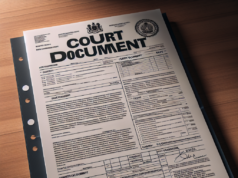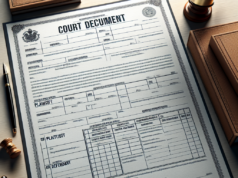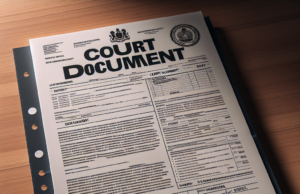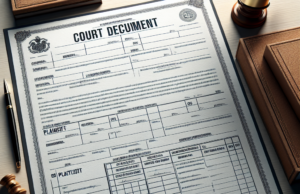
How to Get an Uncontested Divorce New York
An uncontested divorce New York is actually a multi-faced concept that can be signaled for in two different situations. In the first, a couple files for uncontested divorce New York because both spouses are in agreement over everything. This can’t just mean that they agree a divorce is necessary; for it to be an uncontested divorce New York, they must agree to how the property will be divided, if alimony will be given, who gets child custody, everything. In the other situation, an uncontested divorce New York occurs when one spouse is unable to locate their spouse or else their spouse refuses to respond in court. Since there is no response, the case can’t help but be an uncontested divorce New York.
What Are Grounds for an Uncontested Divorce New York?
New York is not a no-fault divorce state, which means that it can be rather difficult to obtain an uncontested divorce New York, at least relative to the situations in most states. The grounds for divorce are cruel and inhumane treatment, adultery, abandonment for more than one year, imprisonment for more than three years. For those whose marriages failed for other reasons, the best solution is to file a Separation Agreement at the beginning of the time you two begin living apart. After one year of this, the Separation can be converted into a Judgment of Divorce with no other grounds necessary.
What Forms Do I Need for Uncontested Divorce New York Process?
Of course, the most essential part of filing for uncontested divorce New York is the filling out and filing of paper work. Uncontested divorce New York has some of the biggest paperwork requirements in the country, so be sure that you keep track of all the forms you’ll need. They include:
• Request for an Index Number, which enters the uncontested divorce New York into the state’s records and carries with it a $170 fee for doing so;
• Verified Complaint, in which the grounds for divorce are laid out alongside some biographical information;
• Sworn Statement of Removal of Barriers to Remarriage, which is needed only if the marriage took place in a religious ceremony;
• Certification validating the seriousness of the grounds for divorce;
• Summons with Verified Complaint, requesting the non-petitioning spouse to be active in the proceedings;
• The Affidavit of Service, proving that the Summons was served;
• The Affidavit of Regularity, again verifying the service of the summons;
• Statement of Net Worth, used by both parties to calculate the division of assets;
• Affidavit of Plaintiff, studying the grounds for divorce;
• Affidavit of the Defendant;
• Civil Support Forms, registers child support payment with the Child Support Collection Unit;
• Not of Issue, again recording to service;
• Affidavit Pursuant to Domestic Relations Law 75-J, which is only required if you have children;
• Notice of Settlement, recording the settlement agreed upon by the spouses;
• Findings of Fact and Conclusion of Law, instrumental in helping the judge decide a case;
• Judgment of Divorce, formally ending the marriage;
• USC113, documenting the marriage’s end for records;
• Certification of Dissolution, which is proof of the judgment;
• Notice of Entry, recoding that a divorce occurred.



























